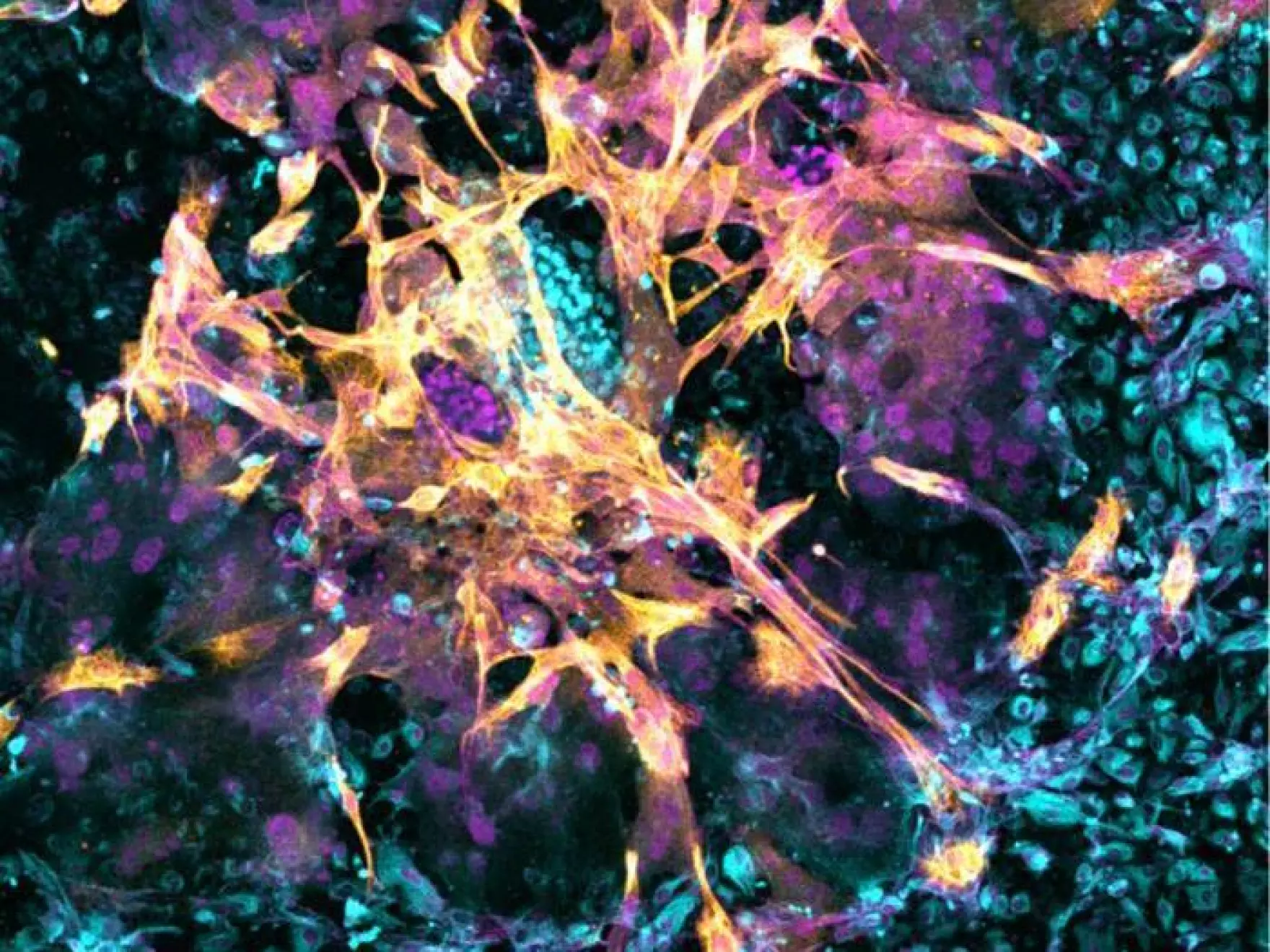The Idea of Immortality Through Transplants
The concept of using organ transplants to extend human life has long captured scientific imagination. While traditionally focused on saving lives, modern medicine is pushing the boundaries toward prolonging them. Research shows that transplanted organs such as kidneys, hearts, and livers can significantly extend survival, yet the dream of living past 120 or even 150 years brings complex challenges. Each surgical intervention carries risk, and lifelong use of immunosuppressant drugs is required to prevent rejection. These medications, however, leave patients more vulnerable to infections and other health complications.
Scientists also emphasize that organ health is only one part of the aging equation. Even if damaged organs are replaced, the body’s resilience decreases over time. Aging affects immune response, cell repair, and the ability to withstand surgery. For this reason, many experts believe immortality through repeated transplants may remain more science fiction than science fact.
Breakthroughs in Xenotransplantation and Stem Cells
One of the most promising frontiers in transplantation is xenotransplantation, where organs from genetically modified pigs are adapted for human use. Researchers employ advanced gene-editing tools such as CRISPR to make pig organs more compatible with human biology. Early experiments with pig kidneys and hearts in human patients have shown mixed outcomes, but the results have expanded medical understanding and paved the way for future procedures.
Parallel to this, stem cell technology is revolutionizing the possibility of building tailor-made organs. Teams at leading institutions such as UCL have successfully grown complex structures like the thymus using human stem cells. Scientists at Great Ormond Street Hospital have also advanced in creating intestinal grafts for children, representing a future where lab-grown organs may eliminate the problem of organ rejection altogether. These innovations hint at the possibility of engineered bodies with renewable parts, a step closer to the dream of immortality.
The Reality of Human Lifespan Limits
Despite astonishing advances, the biological ceiling of human life remains a central debate. The verified longest-living person, Jeanne Calment, reached 122 years, which many experts consider close to the natural limit. As humans age, frailty, reduced immune function, and slower recovery create barriers that no transplant may overcome. Furthermore, the constant exposure to surgery, trauma, and strong medication can diminish quality of life.
This raises a profound ethical question: should humanity focus on extending life indefinitely, or should science prioritize enhancing the quality of the years we already have? Health organizations such as the World Health Organization advocate for “healthy aging,” emphasizing vitality and wellness rather than chasing immortality. Tech entrepreneurs experimenting with radical longevity treatments, including plasma infusions and anti-aging regimens, may capture headlines, but their results remain inconclusive and under regulatory scrutiny by agencies like the FDA.
In the end, organ transplants continue to save lives every day and may one day provide even more extraordinary possibilities. Yet the pursuit of immortality through surgery highlights the tension between human ambition and biological reality. Whether science will eventually overcome aging or simply help us age better is a question that remains open, but one that continues to drive innovation at the cutting edge of medicine.







